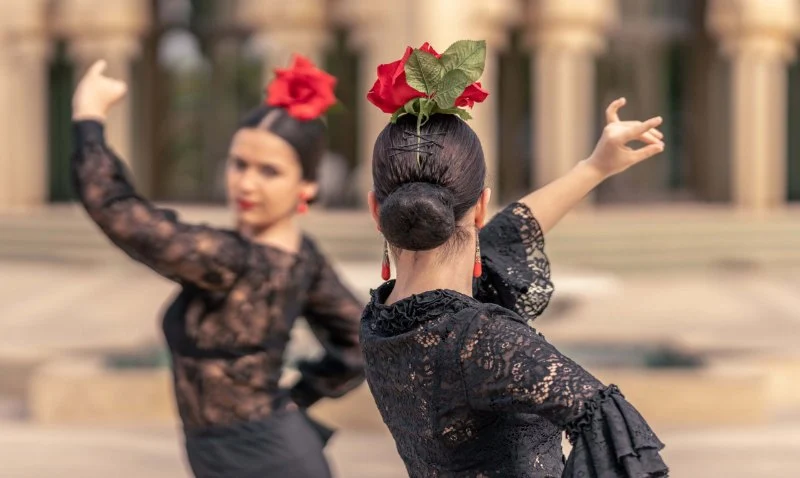
- Origins-of-Flamenco-Dancing
- Core-Elements-of-Flamenco
- Different-Styles-of-Flamenco
- Emotional-Expression-and-Cultural-Significance
- Learning-Flamenco-in-the-Modern-Era
- Real-Stories-of-Flamenco-Artists
- Tips-for-Beginners-Wanting-to-Learn-Flamenco
- Discover-Flamenco-with-Creative-Edge-Dance-Studio
1. Origins of Flamenco Dancing
Flamenco dancing is one of the most passionate and expressive art forms to emerge from Spain, specifically the Andalusian region. Its roots date back to the 18th century, blending cultural influences from the Gypsies (Roma), Moors, Jews, and native Andalusians. This powerful mix of traditions gave birth to a dance form that is as emotional as it is rhythmic.
Originally performed in small gatherings and taverns, flamenco was a form of emotional release and storytelling. The early versions focused on raw expression rather than choreography. Over time, it evolved into a sophisticated art form, incorporating guitar, song, and complex dance movements that communicate deep human emotions—love, sorrow, pride, and resilience.
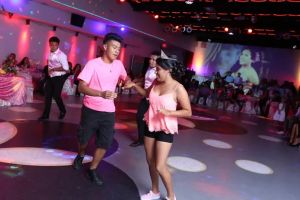
Galactic Dance Studio / quinceanera choreography near me
8501 Long Point Rd, Houston, TX 77055, USA
2. Core Elements of Flamenco
2.1 The Dance (Baile)
The dance itself is the most visually captivating part of flamenco. Dancers—known as “bailaores” or “bailaoras”—use precise footwork, graceful arm movements, and intense facial expressions to convey emotion. Flamenco is not just movement; it’s a dialogue between the dancer, the music, and the audience.
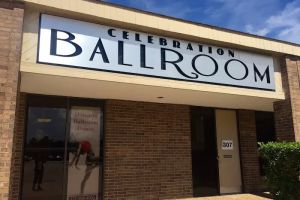
Houston Ballroom Dance / ballroom dance lessons houston
3664 Walnut Bend Ln Building B, Suite 200, Houston, TX 77042, USA
2.2 The Music (Cante and Toque)
Flamenco is incomplete without its music. “Cante” refers to the soulful singing that often drives the dancer’s energy, while “toque” represents the guitar accompaniment. The guitarist provides rhythm and structure, accentuating dramatic pauses and sudden bursts of motion. Together, they create a performance that feels both spontaneous and deeply coordinated.
2.3 The Rhythm (Compás)
Flamenco rhythm is built on complex timing patterns. Each style of flamenco—known as a “palo”—has its own rhythmic structure. The compás serves as the heartbeat of the performance, guiding the dancer and musicians through alternating tempos and emotional shifts.
3. Different Styles of Flamenco
Flamenco encompasses over 50 unique styles, each with its own character and emotional tone. For instance, “Soleá” is often solemn and introspective, while “Alegrías” expresses happiness and celebration. “Bulerías” are playful and fast-paced, usually closing a flamenco show with improvisation and laughter.
Each style allows performers to interpret emotion differently, creating an infinite range of expression within the art form. Experienced dancers often blend multiple styles in one performance, reflecting the fluid nature of human emotion.
4. Emotional Expression and Cultural Significance
Flamenco is more than just entertainment—it’s a living cultural expression of Spain’s history and soul. Every gesture, stomp, and melody carries emotion. The dancer’s intense gaze, the guitarist’s passionate strumming, and the singer’s haunting voice all unite in a deeply personal and shared experience.
In Spain, flamenco is often viewed as a way to express “duende”—a mysterious force of artistic inspiration and authenticity. When performed with duende, flamenco becomes a raw and emotional journey that transcends words. This emotional power has helped flamenco gain worldwide recognition, even earning a spot on UNESCO’s Intangible Cultural Heritage list.
5. Learning Flamenco in the Modern Era
5.1 The Rise of Global Flamenco Schools
Today, flamenco dancing is no longer limited to Spain. Dance studios across the United States have embraced this art form, allowing students to explore its rhythmic beauty and cultural depth. Many American dancers are now traveling to Spain to train with master instructors, bringing authenticity to their performances back home.
5.2 Digital Learning and Online Classes
With the rise of online education, even beginners can start learning flamenco through virtual lessons. Many instructors focus on posture, rhythm, and emotional expression before introducing complex choreography. This accessibility has made flamenco more inclusive than ever, attracting enthusiasts from all walks of life.
6. Real Stories of Flamenco Artists
One inspiring example is American dancer Karen Lugo, who moved to Seville to pursue flamenco full-time. She faced years of rigorous training, adapting to the language and culture, before earning respect among Spain’s most elite performers. Her story is a testament to how flamenco transcends borders and cultures.
Another example is the legendary dancer Sara Baras, who has performed across the globe. Known for her precise footwork and commanding stage presence, Baras continues to modernize flamenco while honoring its roots. Her performances show that flamenco is a timeless art—constantly evolving, yet always true to its emotional origins.
7. Tips for Beginners Wanting to Learn Flamenco
7.1 Start with the Basics
Begin by mastering posture and rhythm before focusing on complex choreography. Simple steps like “palmas” (hand clapping) and “taconeo” (footwork) form the foundation of every performance.
7.2 Feel the Music
Flamenco isn’t just about technique—it’s about emotion. Let the music move you and don’t be afraid to express yourself. Confidence and passion are more important than perfection when starting out.
7.3 Practice Consistently
Consistency is key to building strength and coordination. Practicing short daily sessions will yield better results than infrequent long ones. Over time, you’ll develop the stamina and control needed to dance with power and elegance.
8. Discover Flamenco with Creative Edge Dance Studio
Flamenco dancing is an unforgettable experience—one that connects movement, music, and emotion in a way few art forms can. At Creative Edge Dance Studio, you can learn from skilled instructors who specialize in authentic flamenco techniques while adapting them for modern learners.
Whether you’re taking your first steps or looking to refine your artistry, Creative Edge Dance Studio provides a welcoming environment to explore the depth and beauty of flamenco. Discover your inner rhythm, embrace your passion, and express your story through the power of dance.
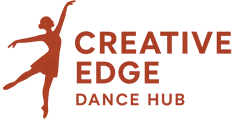
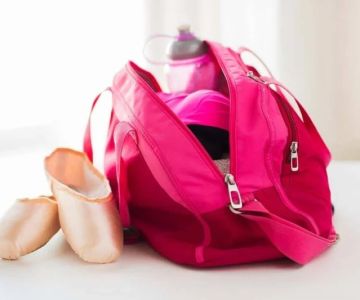
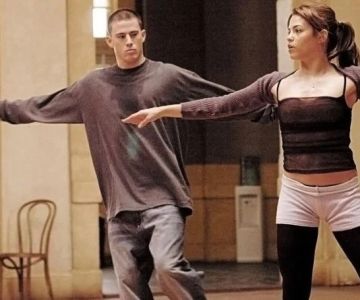
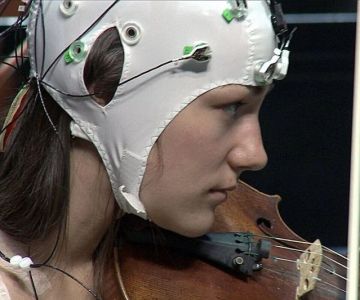
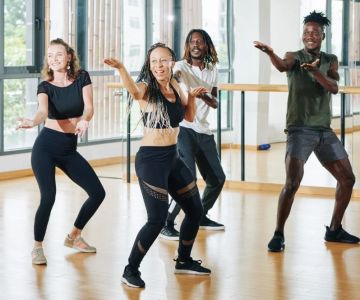

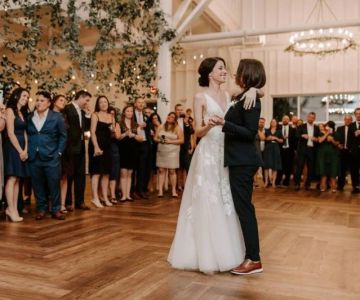
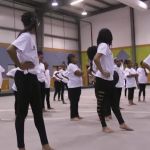 I Heartbeat Dance Studio4.0 (6 reviews)
I Heartbeat Dance Studio4.0 (6 reviews) Jazzercise New Milford5.0 (20 reviews)
Jazzercise New Milford5.0 (20 reviews)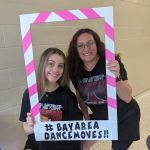 Bay Area Dance Moves4.0 (13 reviews)
Bay Area Dance Moves4.0 (13 reviews)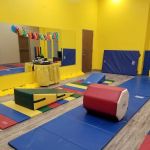 Stepper-ettes Baton & Dance4.0 (36 reviews)
Stepper-ettes Baton & Dance4.0 (36 reviews)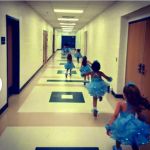 Paul Morris DanceXplosion4.0 (42 reviews)
Paul Morris DanceXplosion4.0 (42 reviews)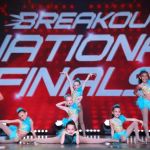 Dancesations Studio of Performing Arts4.0 (11 reviews)
Dancesations Studio of Performing Arts4.0 (11 reviews)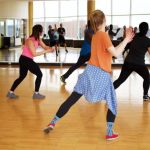 How to Create a Dance Practice Schedule That You'll Actually Stick To
How to Create a Dance Practice Schedule That You'll Actually Stick To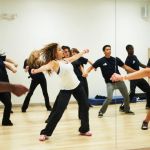 How to Overcome the Fear of Dancing in Front of Others: Practical Tips and Insights
How to Overcome the Fear of Dancing in Front of Others: Practical Tips and Insights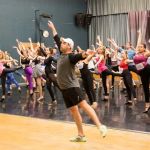 How to Audition for a Dance Team or Company as an Adult Beginner
How to Audition for a Dance Team or Company as an Adult Beginner How I Learned to Use Motion Capture for Audience Interaction — My Story
How I Learned to Use Motion Capture for Audience Interaction — My Story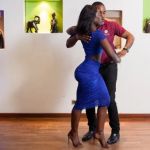 What is Kizomba? The African Partner Dance Sensation Explained
What is Kizomba? The African Partner Dance Sensation Explained How to Create a Dance Resume for Auditions or Applications
How to Create a Dance Resume for Auditions or Applications